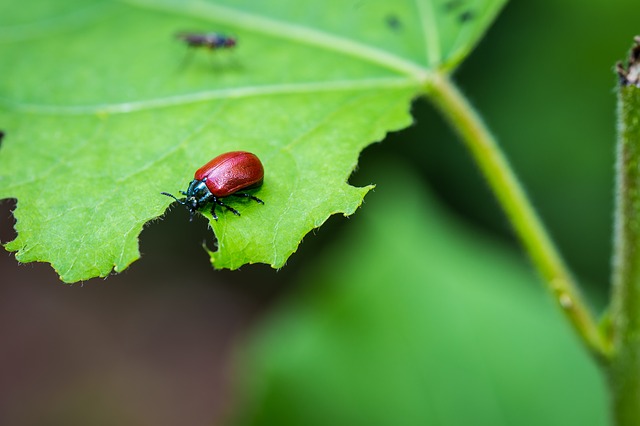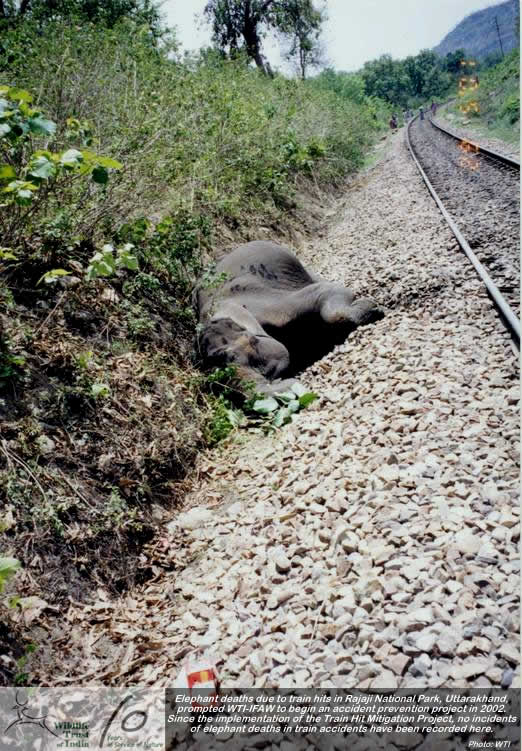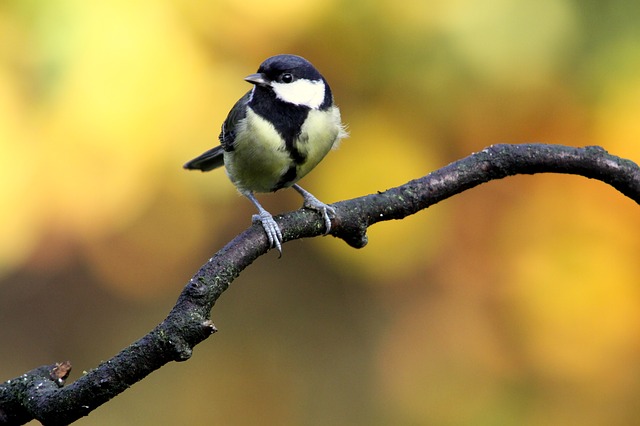A deer eats grass, a tiger eats deer, a human is capable of eating both plants and meat. This basic lesson in the eating habits of animals is something we are all generally aware of. But have you ever wondered why? Why does the deer munch on leaves but not bones. Or why does the tiger not eat grass when it cannot find a prey.
In what likely is the first study on the evolution of dietary preferences across the animal kingdom, scientists from the University of Arizona report several startling findings about carnivores, herbivores and omnivores. These are based on the study of millions of species going back 800 million years – when the first animals appeared on the planet.
The research team consisting of Cristian Román‐Palacios, Joshua P. Scholl and John J. Wiens, performed a large‐scale phylogenetic analysis to address three unresolved questions about the evolution of animal diets. (i) Are diets conserved across animal phylogeny? (ii) Does diet influence rates of species diversification among animal phyla (group of animals with similar traits)? (iii) What was the ancestral diet of animals and major animal groups?
Here are some of the important insights of the study, published in the journal Evolution Letters,
#1 Ancestors of all animals were most likely carnivores
Carnivores, the scientists found can trace their diet to a common ancestor more than 800 million years ago. So, in the animal evolution tree, today’s carnivorous animals – all of them – are linked to the base of the tree represented by the oldest known fossils that paleontologists have been able to assign to animal origins with certainty, that depicts predating.
“We don’t see that with herbivory,” said John Wiens, with the Department of Ecology and Evolutionary Biology and corresponding author of the study. “Herbivory seems to be much more recent, so in our evolutionary tree, it appears more frequently closer to the tips of the tree.”
This evolutionary tree that the scientists are talking about was built from data that they collected of millions of species and their dietary habits. From sponges to insects, and bacteria to housecat.
A species was classified as carnivorous if it feeds on other animals, fungi or protists (single-celled eukaryotic organisms, many of which live on bacteria). Species were classified as herbivorous if they depend on land plants, algae or cyanobacteria for food, and omnivorous if they eat a mixture of carnivorous and herbivorous diets.
To create the actual branches and connect the species, the evolutionary relationship between species was built based on their DNA sequence data.
So if the first animal was a carnivore, what did it prey on?
The authors suggest the answer might lie with Choanoflagellatea (protists) – tiny, single-celled organisms considered to be the closest living relatives of the animals.

Choanoflagellates are a distinctive and important group. They are universally present in freshwater and marine habitats. They are colourless and possess a single vibrating thread (flagellum) that is used for swimming and for creating water currents from which they can capture bacteria and other small prey particles.
Imagine, a very tiny version of a shuttlecock, moving back and forth during a game of badminton. That is what this tiny creature looks like. It is possible that the common ancestor of today’s animals was a creature very similar to a choanoflagellate.
Also Read: Giant Freshwater Animals Head Towards Extinction
“The ancient creature that is most closely related to all animals living today might have eaten bacteria and other protists rather than plants,” Wiens said.
#2 Close relatives share the same dietary habits
The study found that closely related animals tend to share the same dietary category — plant-eating, meat-eating, or both. This finding implies that switching between dietary lifestyles is not something that happens easily and often over the course of evolution.
The researchers found that across animals, carnivores were most common, including 63% of species. Another 32% are herbivorous, while humans belong to a small minority, just 3%, of omnivorous animals.

#3 Being herbivorous leads to evolution of more species might not be the universal truth
There are an estimated 1.5 million species of insects and about 130 millions years ago many new species of flowering plants started appearing. It is therefore widely inferred that the diversity of insects coincided with the presence of flowers and thus being herbivorous lead to the diversity of the species.
The present data though says this could have happened for insects but not for all species.
“This tells us that what we see in insects doesn’t necessarily apply to other groups within the animal kingdom,” Wiens said. “Herbivory may go hand in hand with new species appearing in certain taxa, but it clearly is not a universal driver of new species.”
Also Read: Declining Population of Large Herbivores May Turn Eath into Barren Landscape
A recent study found pre-historic crocodiles were vegetarian and in fact herbivory arose independently a minimum of three times, and possibly six times in mesozoic crocodiles. Commenting on this, Prof. Weins replied in a mail to India’s Endangered saying,
“This is consistent with our results, which shows that herbivory has evolved many times across animals. I cannot tell you about the details of the diet switch in crocodilians. However, there was an explosion of plant diversity in the past 100 million years or so, corresponding to the rise of flowering plants. This may be the underlying cause of many of these recent transitions (although a rise in plant feeding by animals may have also fueled the increase in plant diversity). ”
#4 Humans and other omnivores are a rare breed
Over the course of 800 million years of animal evolution, the scientists found that omnivores came up rarely (just 3% of all animals) hinting at the possible explanation that evolution prefers specialists over generalists.

“You can be better at doing what you do if that is all you do,” Wiens said. “In terrestrial vertebrates, for example, eating a diet of leaves often requires highly modified teeth and a highly modified gut. The same goes for carnivory. Nature generally seems to avoid the dilemma of being a jack-of-all-trades and master of none, at least for diets.”
But couldn’t being an omnivore be an evolutionary attribute that is an advancement though a rarity? After all it is giving omnivores access to a wider diet, and that much more chances of survival.
Prof. Wiens explains it is not that simple. Most omnivores are only eating fruits and seeds, and not leaves and most plant matter out there is leaves. The omnivores do not have the specialised attributes that herbivores have to process that kind of nutrient from plants.
Also Read: Scientists Find an Unusual Bond Between Himalayan Bears and Langurs
“Yes, it may sometimes be advantageous to be an omnivore. But for many species that are omnivores, they are only eating fruits or seeds, not leaves. The problem is that most of the plant matter out there is leaves, not seeds and fruit. To get much energy from the leaves often seems to require a commitment to being an herbivore.” Wiens writes in reply to India’s Endangered.
“For example, in vertebrates, herbivores often have specialized teeth (for chewing up leaves) and specialized gut bacteria (to extract energy from plant cell walls). Similarly, many plants put toxins in their leaves to defend themselves against insect (and other) herbivores. So, herbivorous insects are often specialized to detoxify these leaves.”
“At the same time, animals have evolved many strategies to defend themselves against being eaten by other animals, and predators have to evolve to overcome these defenses (think of fast moving antelopes vs. cheetahs). ”
“So, a major disadvantage of being an omnivore is that you are not necessarily very good at eating plants or animals.” explains the scientist.
This need for specialization might explain why omnivores, such as humans, are rare, according to the authors. It might also explain why diets have often gone unchanged for so long.
“There is a big difference between eating leaves all the time and eating fruits every now and then,” Wiens said. “The specializations required to be an efficient herbivore or carnivore might explain why the two diets have been so conserved over hundreds of millions of years.”
Also Read: Angry Earth, These Pictures are worth a thousand words
The research is the first large‐scale phylogenetic analysis of the evolution of animal diets and goes a long way in busting some myths as well as revealing new facts about why animals eat what they eat.









